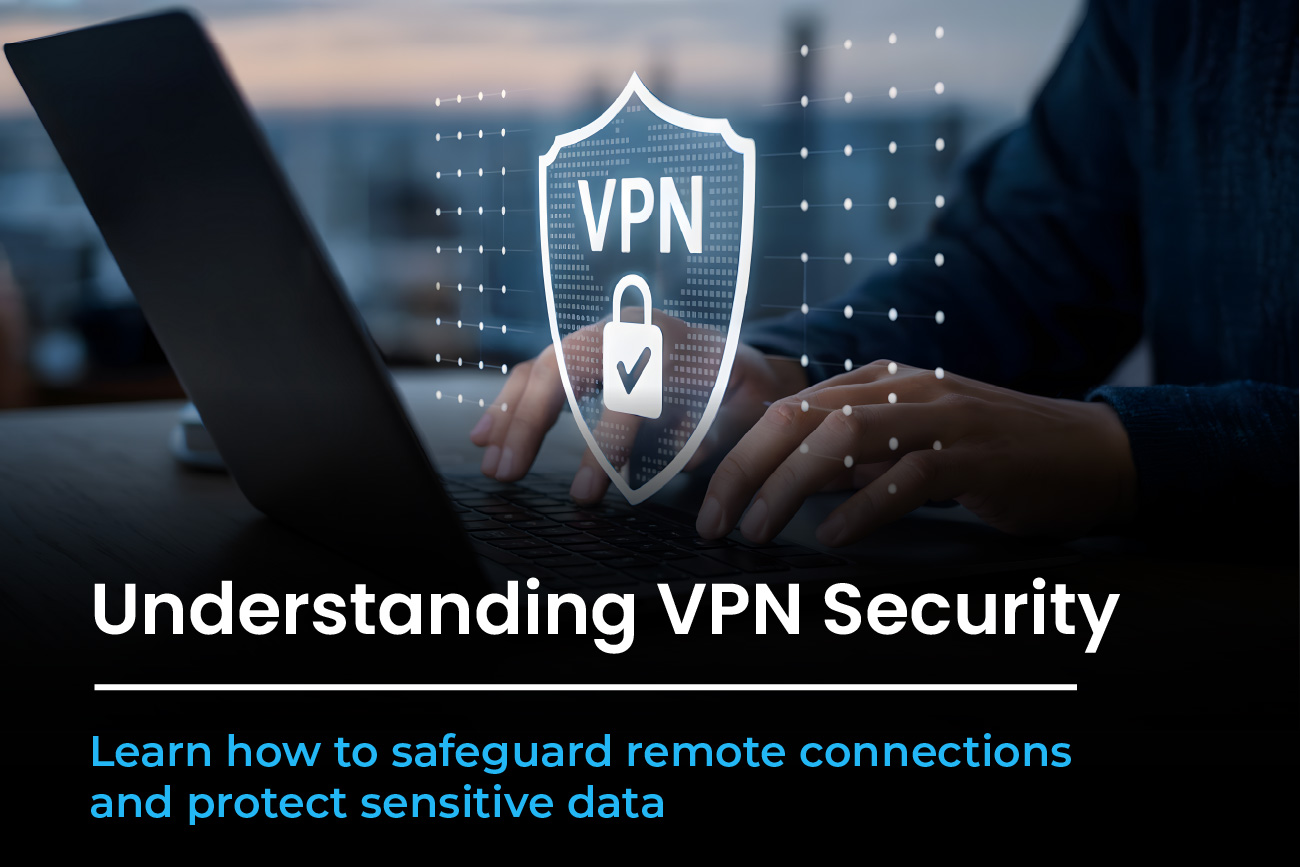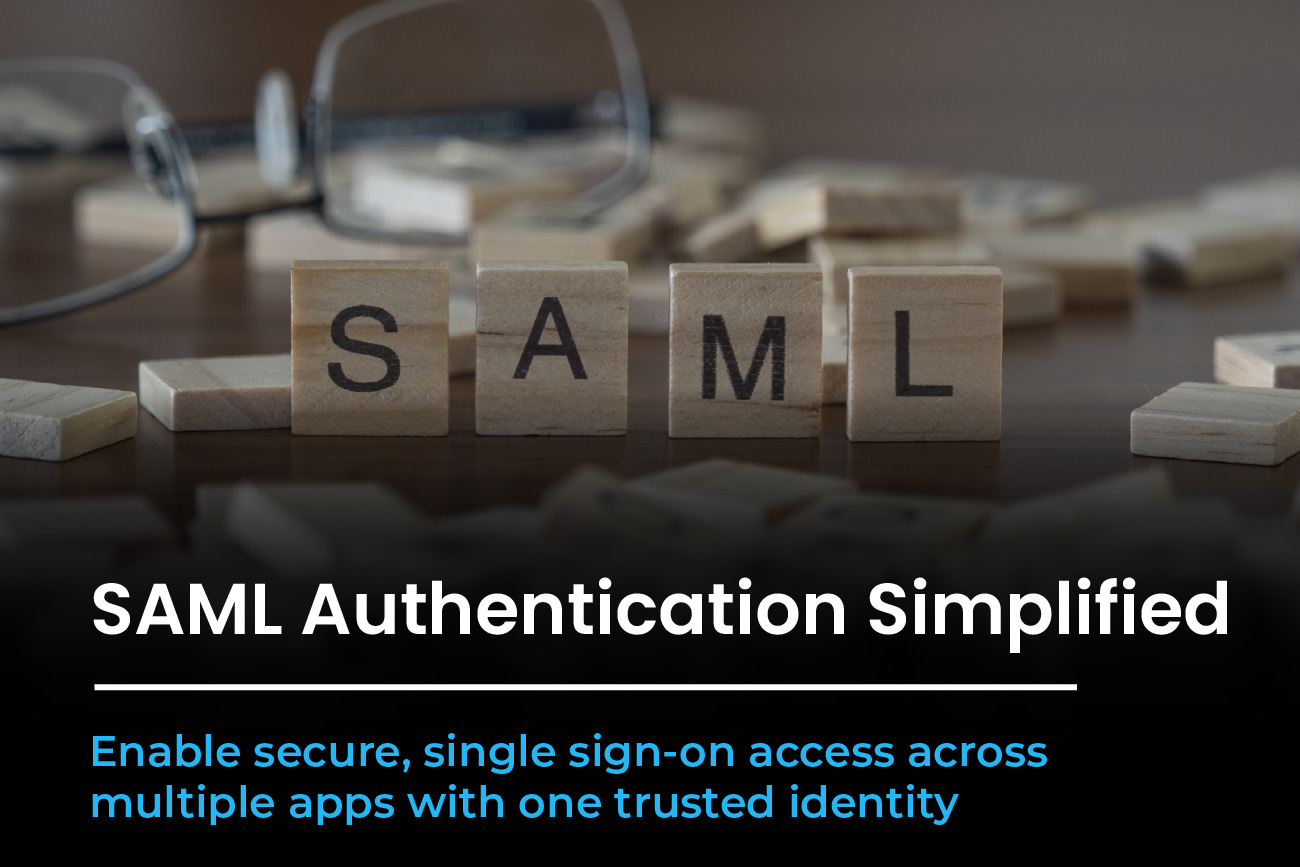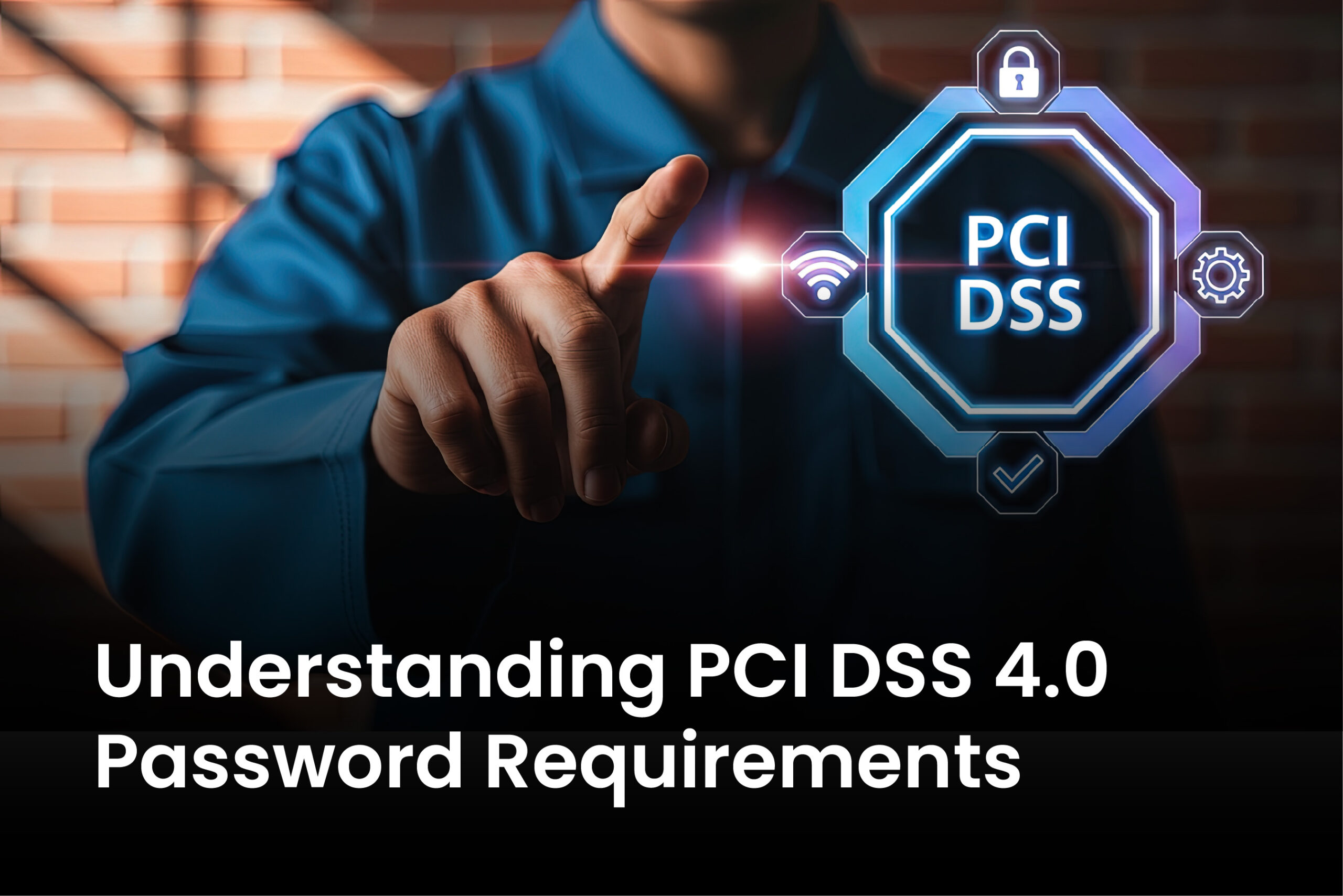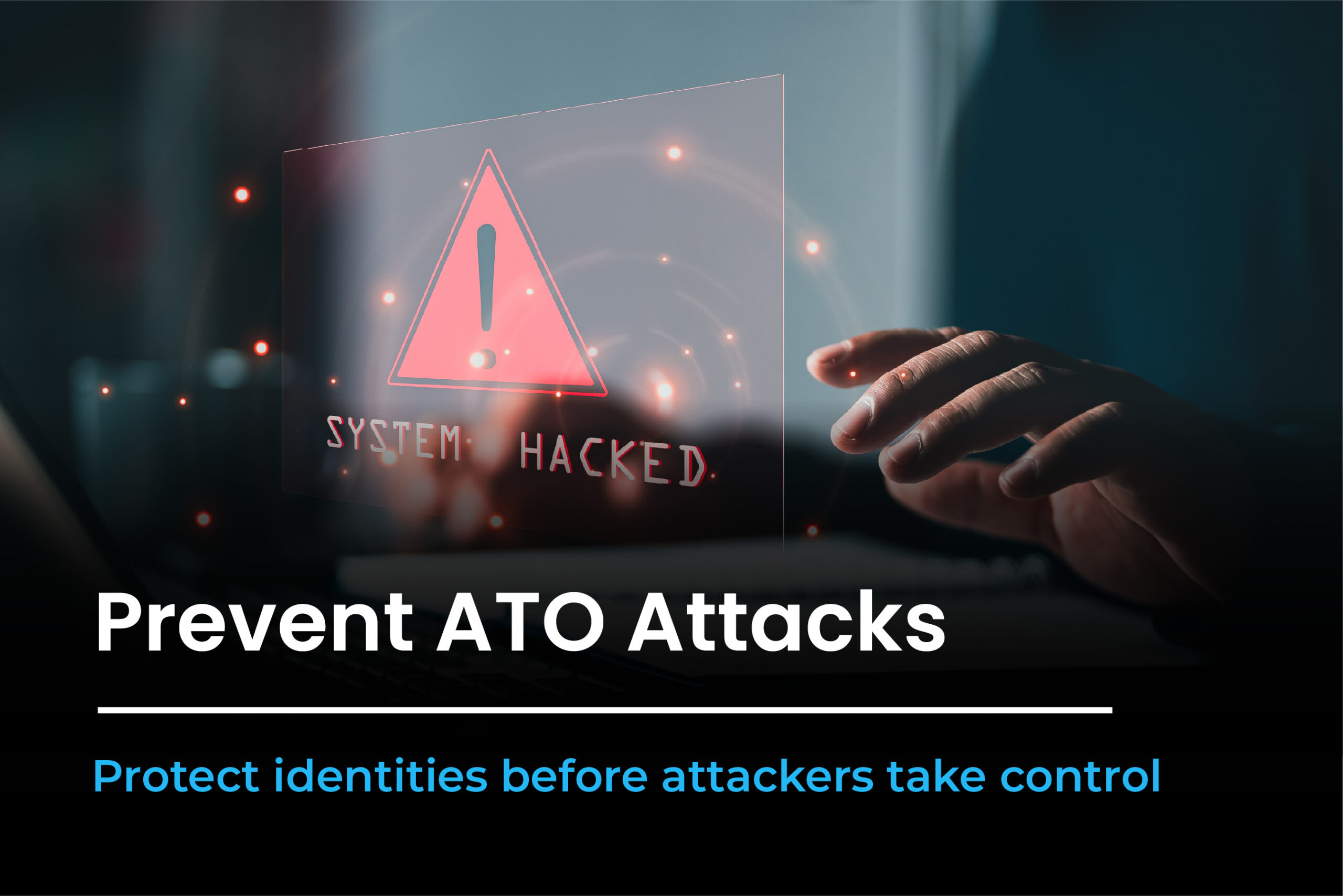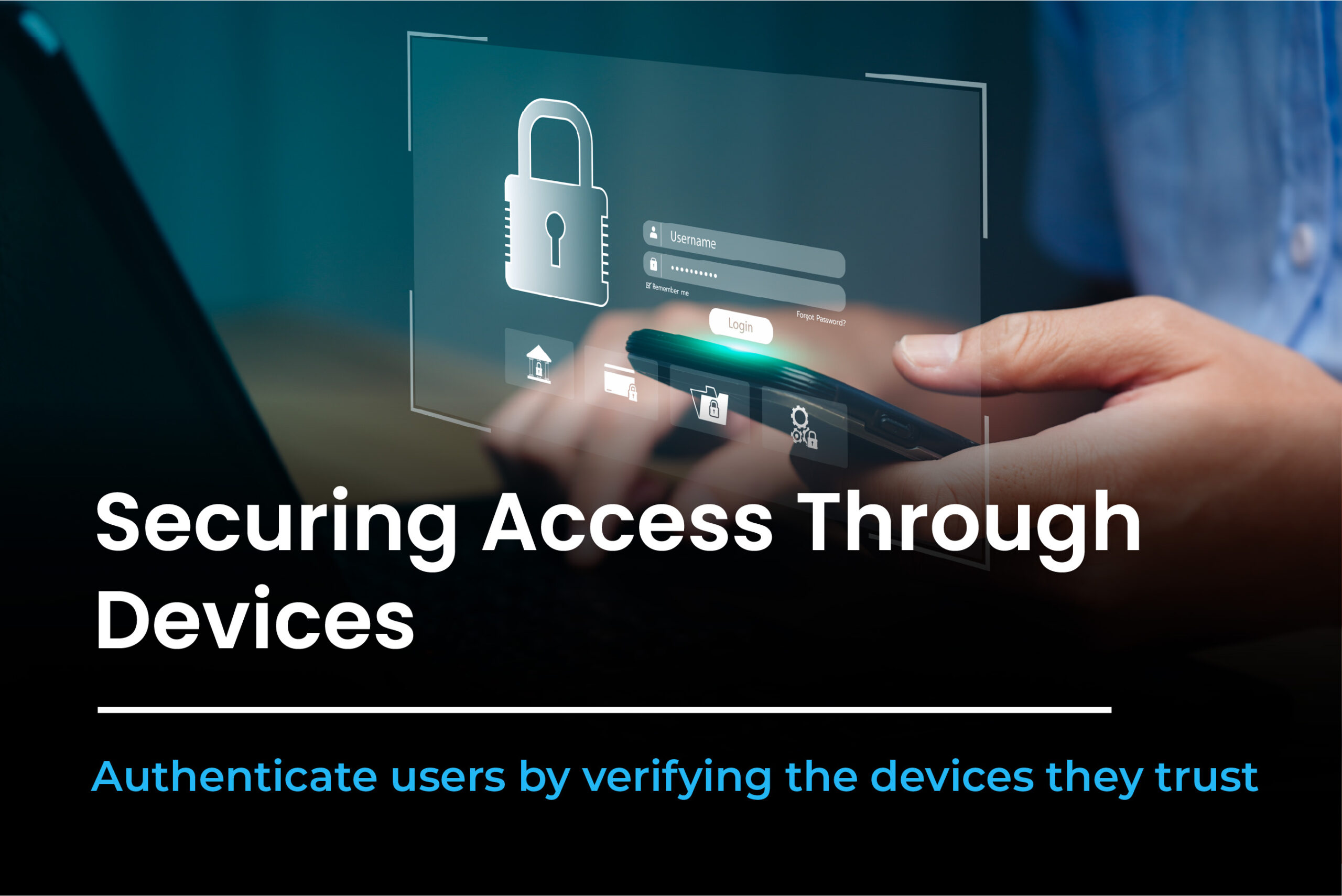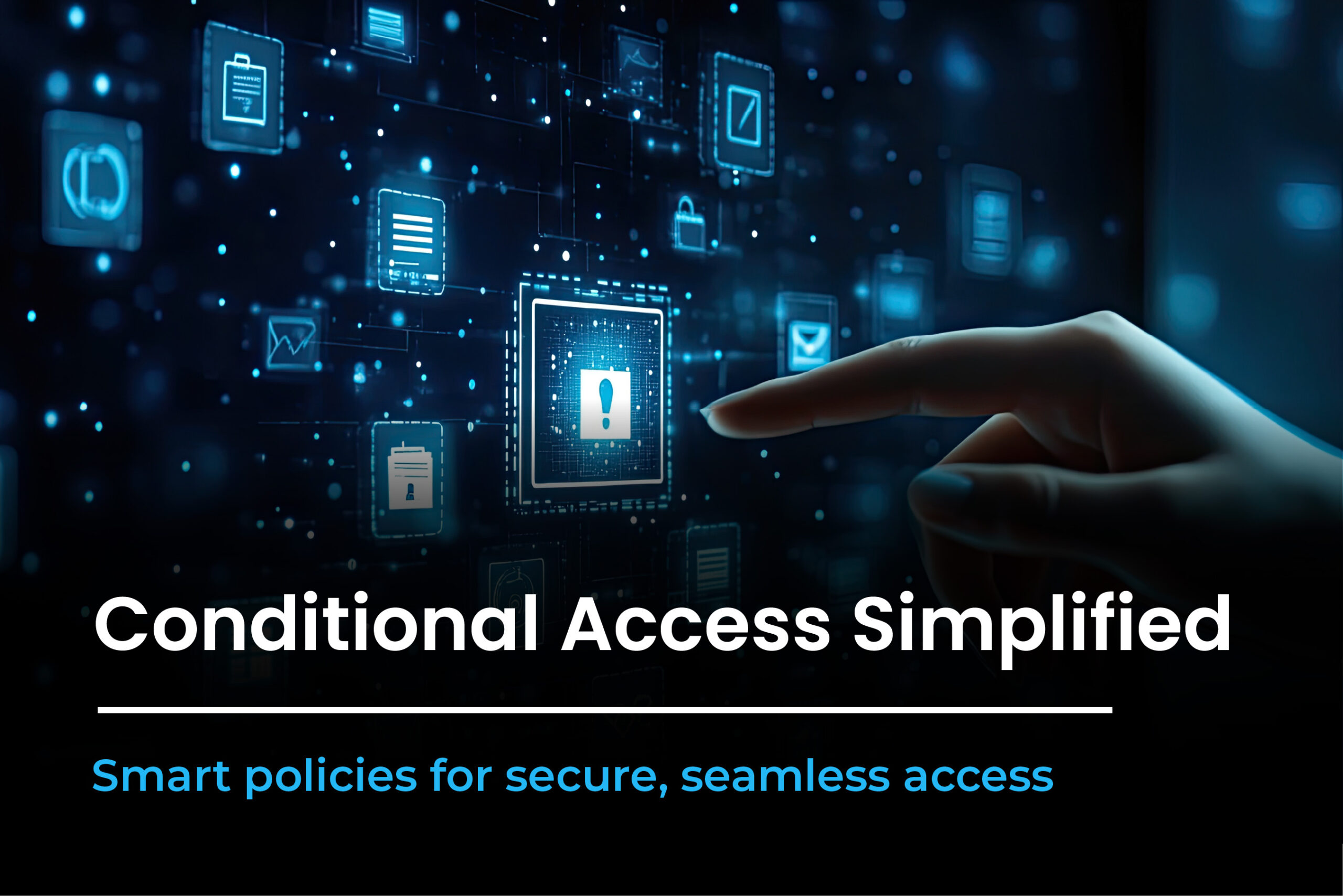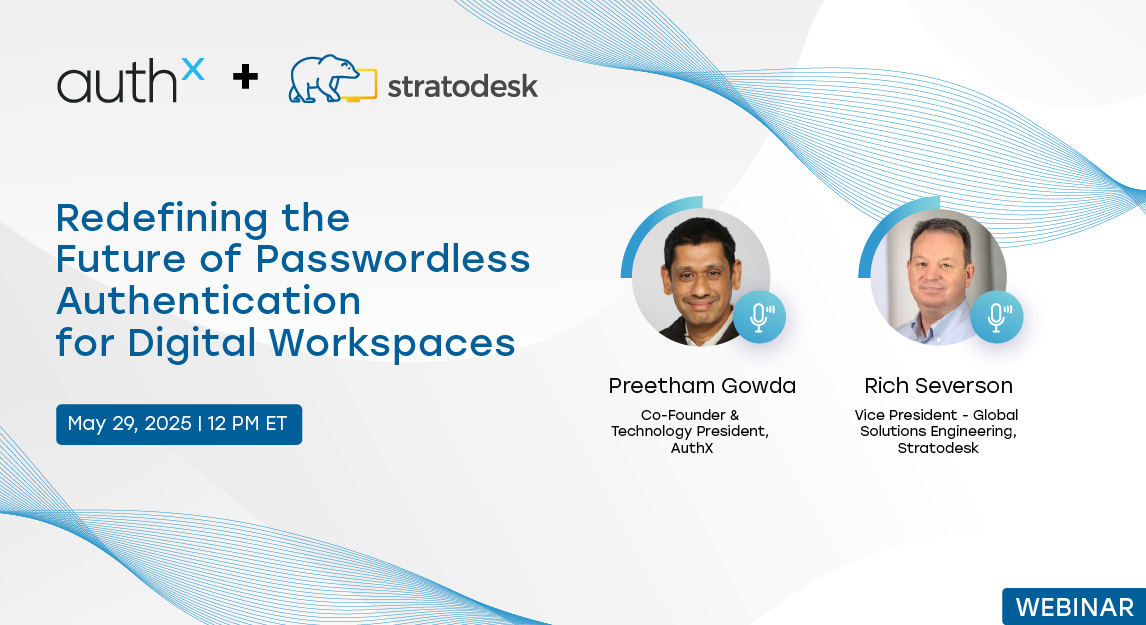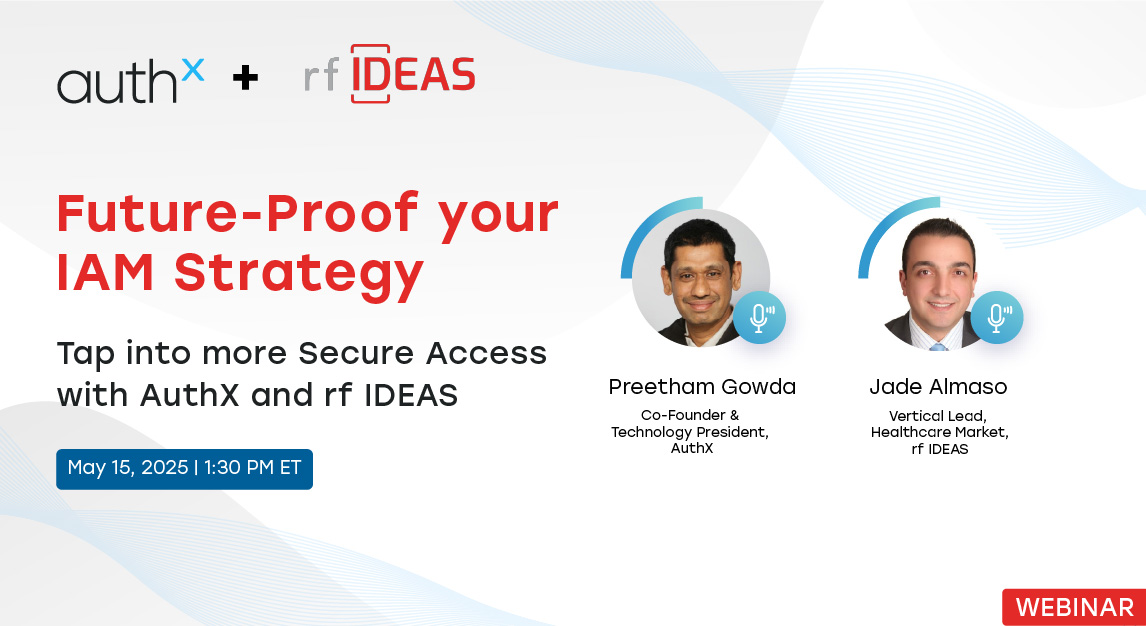Let’s talk about the most dangerous login in your organization.
We hear a lot of talk in security circles about passwordless access, phishing-resistant MFA, and Zero Trust and those are all important. But here’s something we see getting swept under the rug: privileged accounts.
These are the logins with keys to the kingdom. They run databases. They reset user passwords. They configure systems across departments. And when these credentials are compromised, the blast radius is enormous.
Even today, we commonly hear IT leaders say:
“We’ve got MFA. That should be enough, right?”
But let’s be honest, it’s not. That’s where Privileged Access Management (PAM) comes in. It’s not new, but it’s never been more critical, especially with hybrid work, increasing third-party access, and cloud sprawl.
Let’s break it down.
What is PAM (Privileged Access Management)?
What is PAM? It stands for Privileged Access Management, a cybersecurity discipline focused on managing and securing accounts with elevated access.
Privileged access management software helps organizations ensure that only the right users get access to high-value systems, and only under the right conditions.
Here’s what PAM typically governs:
- Domain admins
- Cloud root accounts
- Infrastructure engineers
- Application service accounts
- Database administrators
- Third-party vendors
If login can make system-wide changes, it qualifies as privileged.
PAM helps organizations:
- Limit who gets privileged access
- Control when and how that access is used
- Monitor sessions and behaviors
- Eliminate standing privileges whenever possible
Types of Privileged Accounts
Types of Privileged Accounts
Privileged accounts come in various forms, each serving specific functions within an organization’s IT infrastructure. Understanding these types is crucial for implementing effective Privileged Access Management (PAM) strategies.
1. Domain Administrator Accounts
These accounts have unrestricted access across all domain controllers and systems within an Active Directory environment. They can modify system configurations, manage user permissions, and access sensitive data. Due to their extensive privileges, they are prime targets for cyber attackers and should be tightly controlled.
2. Local Administrator Accounts
Local admin accounts provide administrative access to individual workstations or servers. They are often used for system maintenance and troubleshooting. However, if not managed properly, they can be exploited to gain unauthorized access to systems.
3. Privileged User Accounts
These are standard user accounts that have been granted elevated privileges to perform specific tasks, such as installing software or managing system settings. They are common in scenarios where users need more access than a typical user but less than a full administrator.
4. Service Accounts
Service accounts are non-human accounts used by applications or services to interact with the operating system. They often have elevated privileges to perform automated tasks and should be managed carefully to prevent misuse.
5. Application Accounts
These accounts are used by applications to access databases, files, or other resources. They often have specific permissions tailored to the application’s needs and should be monitored to prevent unauthorized access.
6. Machine Accounts (SSH Keys)
These accounts authenticate machines to other machines, commonly via SSH keys. They’re used in DevOps pipelines, automation tools, and cloud workloads. Because they’re non-interactive and often overlooked, they’re a rising concern in PAM strategies.
7. Emergency Accounts
Also known as “break-glass” accounts, these are used in emergency situations when standard access methods are unavailable. They provide temporary elevated access and should be tightly controlled and audited.
8. Superuser Accounts
Superuser accounts, such as the root account in Unix/Linux systems or the Administrator account in Windows, have the highest level of access. They can perform any action on the system, making them critical to secure and monitor.
9. Guest Privileged Accounts
While guest accounts typically have limited access, in some configurations, they may be granted elevated privileges for specific purposes. These accounts should be used sparingly and monitored closely to prevent unauthorized activities.
By identifying and managing these various types of privileged accounts, organizations can enhance their security posture and reduce the risk of unauthorized access to critical systems and data.
Why Is PAM So Important Now?
Let’s connect the dots on what’s changed in the last five years:
Cloud privileged access management is no longer optional
Admins are managing AWS, Azure, Google Cloud, and on-prem all in the same day.
Remote and hybrid work are permanent
Privileged sessions now happen over VPNs, unmanaged devices, and across multiple geographies.
Identity is the new attack surface
Threat actors aren’t breaking in, they’re logging in using stolen or misused credentials.
And PAM is no longer for the top 1% of users. Even your finance team might have access to payroll databases. That’s privileged too.
Understanding what is PAM is the first step toward securing those access points.
How does Privileged Access Management works?
Let’s demystify privileged access management software. A modern PAM solution offers:
- Just-in-Time Access (JIT)
No more permanent admin privileges. Users get elevated access only when needed, for a defined time window.
- Session Recording and Monitoring
Every privileged session can be monitored in real time or recorded for audit. Think of it as a security camera for logins.
- Risk-Based Access
If someone logs in from a suspicious location or off-hours, access can be blocked or flagged, even if they have credentials.
- Credential Vaulting
Passwords for privileged accounts are stored in a secure vault, rotated frequently, and never exposed to the end user.
- Detailed Audit Trails
Everything is logged: who accessed what, when, and for how long. This isn’t just helpful, it’s mandatory for compliance.
When evaluating the types of PAM available, consider whether it offers all of these features natively or via integrations.
PAM vs IAM: What’s the Difference?
A lot of folks confuse Identity and Access Management software (IAM) with PAM. Here’s the simplest way we explain it:
IAM is about managing identities for everyone. PAM is about securing access for the most powerful ones.
| Feature | IAM (Identity and Access Management) | PAM (Privileged Access Management) |
|---|---|---|
| Primary Purpose | Manages access for all users across systems | Secures and controls access for privileged users |
| Scope | Broad – covers employees, contractors, partners, customers | Narrow – focused on high-risk admin or root accounts |
| User Types | Regular users, general workforce | IT admins, superusers, database admins, vendors |
| Access Management | Role-based access to general applications and resources | Just-in-time, granular access to critical systems |
| Risk Level | Moderate | High |
| Tools Involved | SSO solution, MFA solution, directory services (e.g., AD, Azure AD) | Credential vaults, session recording, elevation controls |
| Visibility & Auditing | Basic logs and user access reports | Real-time monitoring, full session recording, detailed audit trails |
| Goal | Improve productivity and access efficiency | Minimize risk, ensure control over sensitive access |
| Typical Integration | Used enterprise-wide (HR, finance, sales) | Integrated with IT infrastructure and security operations |
| Role in Zero Trust | Validates identity across all touchpoints | Enforces least privilege for critical access scenarios |
Common Use Cases for PAM in 2025
Let’s make this real. Here are some examples we see in the field:
- Healthcare
Hospital IT staff often have admin access to EHR systems, imaging servers, and patient data repositories. PAM ensures only the right person gets access at the right time, especially during emergencies.
- Manufacturing
OT environments are full of legacy systems and shared admin accounts. PAM can help rotate credentials, manage vendor access, and reduce exposure to ransomware.
- Education
Universities often have small IT teams managing large networks with lots of privileged access. PAM helps reduce lateral movement during an attack—and helps with NIST 800-171 compliance.
What to Look for in a Modern PAM Solution?
We’ve evaluated dozens of platforms. Here’s what separates the top PAM solutions from the rest:
- Passwordless-ready – Can it work with biometrics, passkeys authentication, and smart cards?
- Integrated with MFA and SSO – PAM shouldn’t be a silo. It should extend your existing identity stack. Read MFA solutions
- Role-based and risk-based – Can you grant access based on roles, risk, and behavior?
- Supports VDI and Remote Work – Can it launch privileged sessions in Citrix, ChromeOS, or virtual desktops?
- Easy to use – If it’s too complicated, people will find workarounds—and that defeats the purpose.
With more environments spanning hybrid and multi-cloud, modern PAM tools must support robust cloud privileged access management to ensure security doesn’t break across platforms.
PAM as Part of Your Zero Trust Strategy
PAM isn’t a standalone tool. It’s a pillar of Zero Trust authentication.
Zero Trust says: “Never trust, always verify.” PAM applies that logic to your riskiest users:
- Least privilege by default
- Session verification in real-time
- Adaptive access based on behavior
- Immutable logs for audit and forensics
The benefits of privileged access management go far beyond compliance—it’s operational resilience.
The Future of PAM: What’s Next?
We’re already seeing what’s next for Privileged Access Management software:
- Credential-less PAM: No passwords. No tokens. Just trust built on verified identity.
- AI-Driven Session Analysis: Real-time detection of abnormal behavior.
- Universal Coverage: PAM software solutions that secure on-prem, SaaS, DevOps, and hybrid environments under one roof.
The best PAM solutions will continue to evolve, offering AI-driven insights, seamless integrations, and universal coverage to stay ahead of emerging threats.
AuthX’s Recommendation
“Most breaches today don’t require a zero-day exploit—they start with a privileged login. If you don’t know who has privileged access, how it’s used, and whether it’s monitored, you’ve already lost.
PAM should be part of your first line of defense, not your last resort.”
Shreyas Swamy, Director of Product Engineering at AuthX
Final Word: You Can’t Secure What You Don’t Control
You wouldn’t hand out master keys to every employee. So why do that with digital access?
Whether you’re just starting with free PAM solutions or shopping for the best PAM solutions on the market, now is the time to act.
What is PAM? It’s your gatekeeper, your monitor, and your cleanup crew, rolled into one.
If you’re rethinking access, start with the riskiest logins. Start with PAM.
Frequently Asked Questions (FAQs)
What is PAM in cybersecurity?
PAM, or Privileged Access Management, is a cybersecurity approach to control and monitor elevated access. It protects critical systems by limiting and auditing powerful user actions.
What are the types of PAM?
Types of PAM include credential vaults, session monitoring, just-in-time access, and risk-based controls. These can be deployed on-prem, in the cloud, or in hybrid setups.
What are the benefits of privileged access management?
It reduces credential misuse, enhances compliance, limits breach impact, and improves visibility. PAM strengthens your overall security and control over privileged users.
How do I choose the best PAM solutions for my organization?
Prioritize PAM software solutions that support cloud privileged access management, integrate with MFA and SSO, and are easy to use. Consider trusted PAM providers with scalable features.





